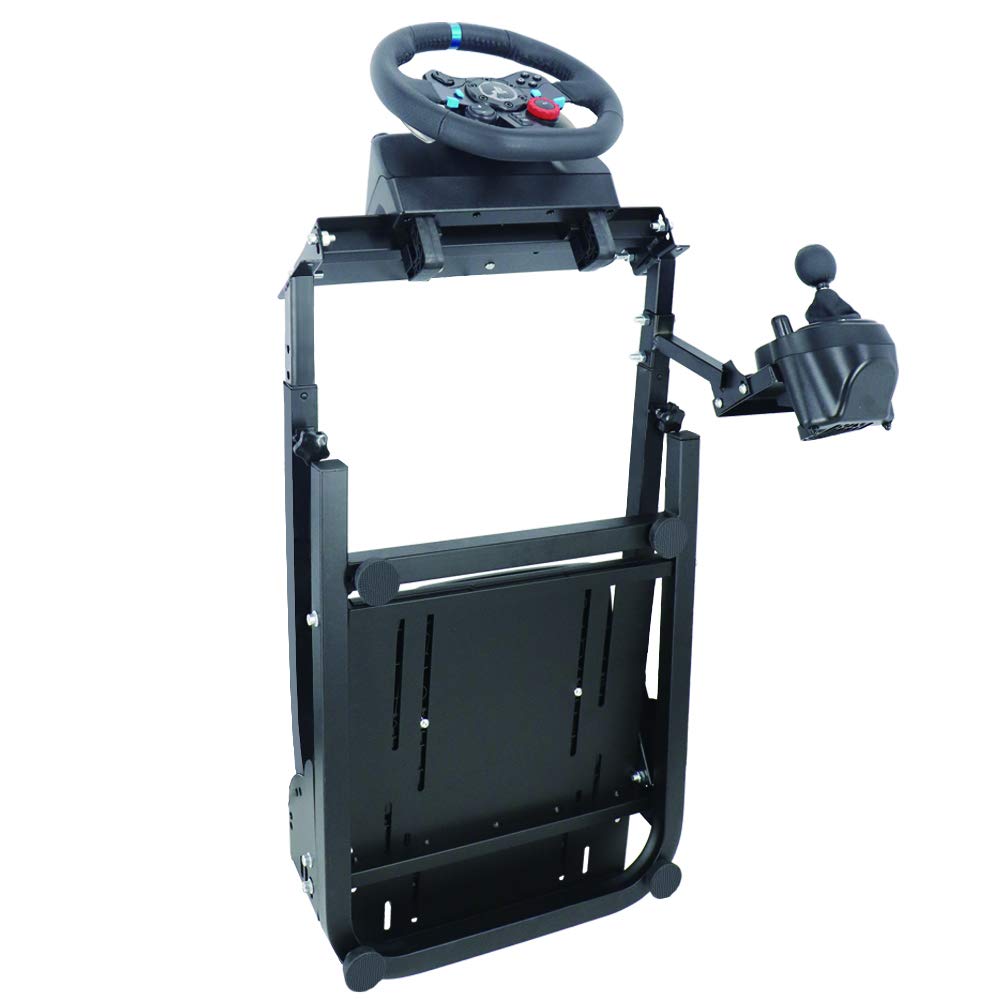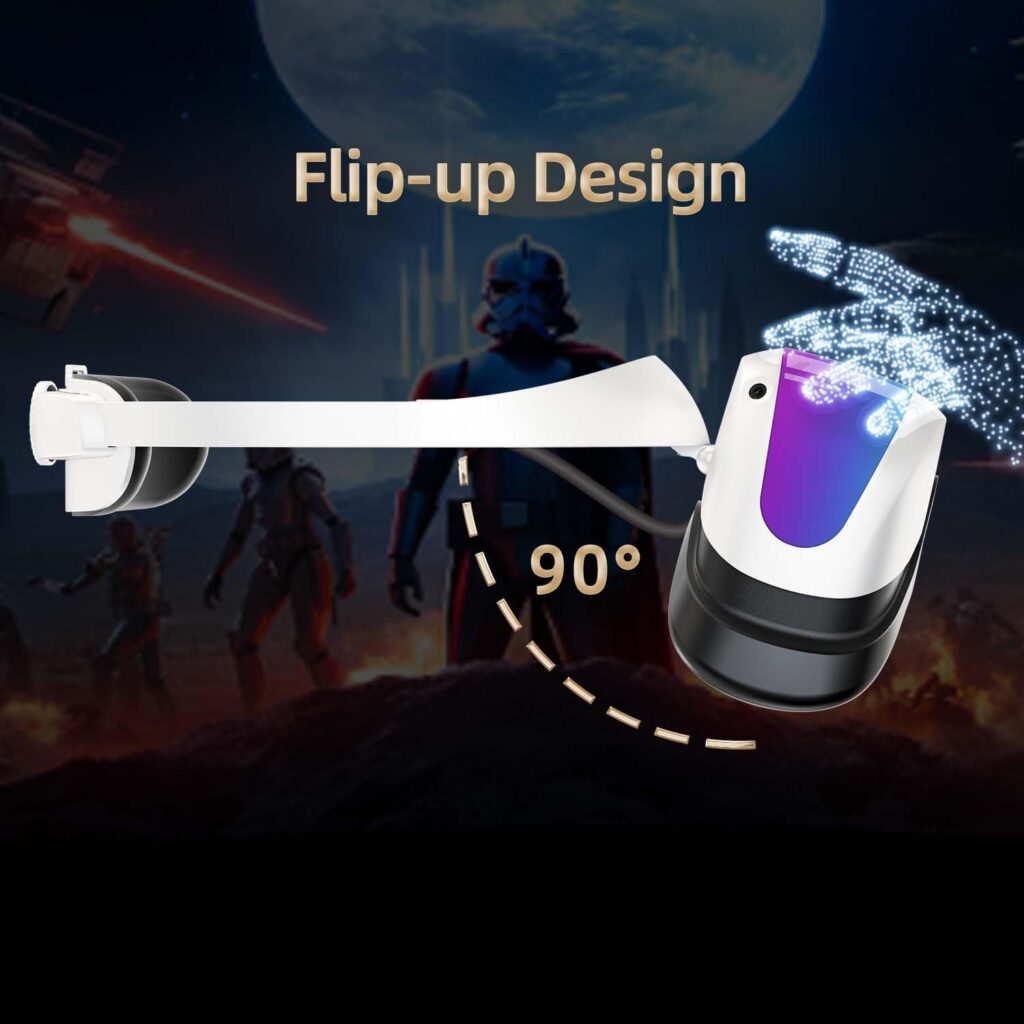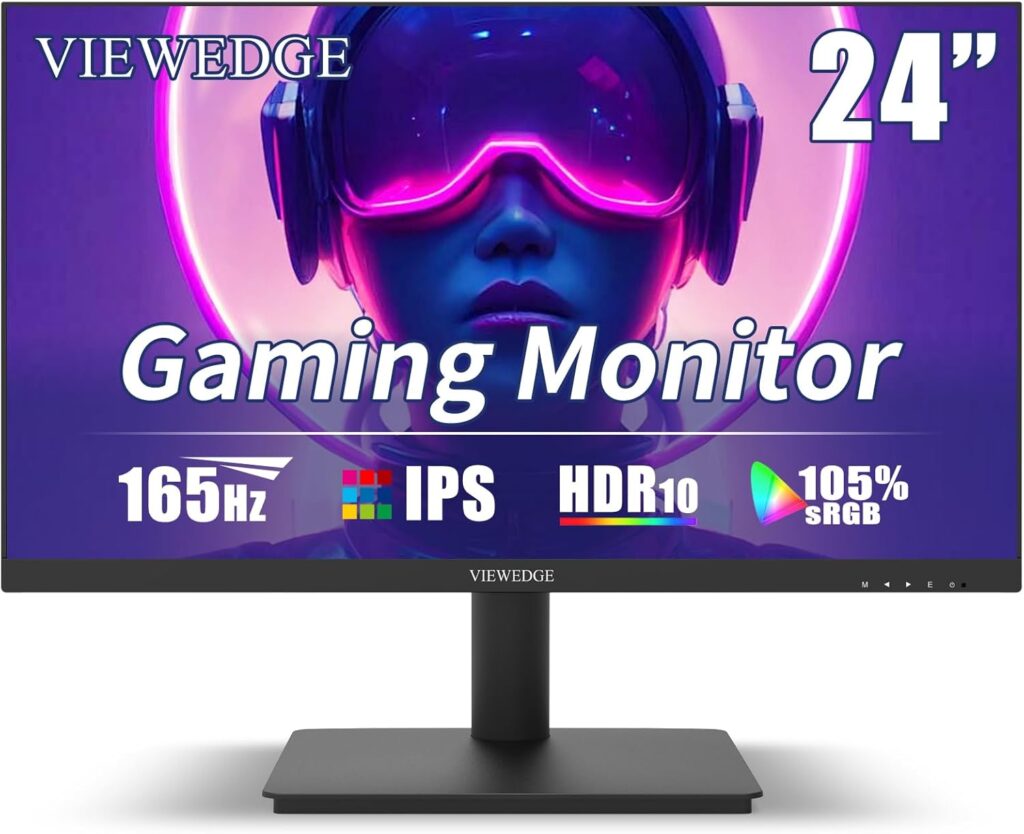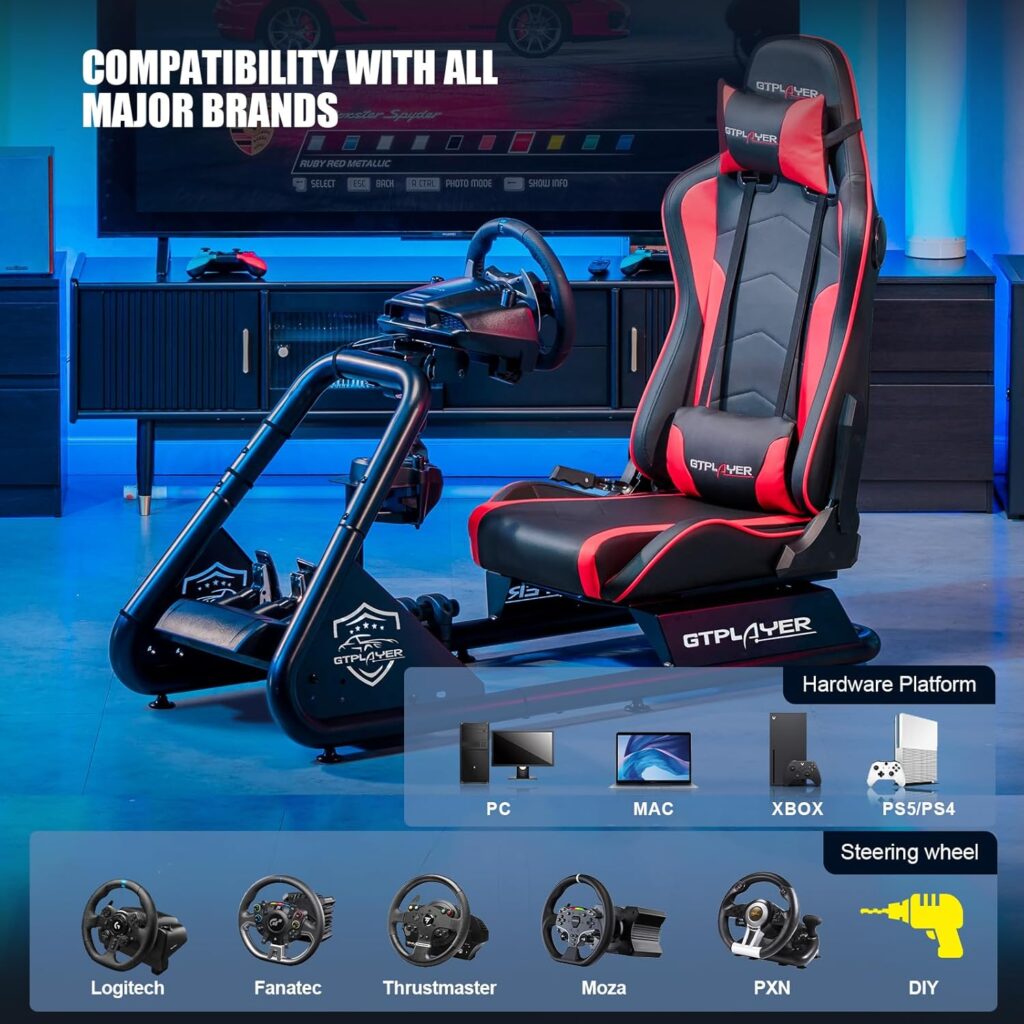If you’ve recently developed a passion for sim racing and you’re wondering whether a controller can measure up to a wheel, you’re not alone. The debate over whether a controller can deliver an immersive and authentic racing experience has been a hot topic among gaming enthusiasts. In this article, we’ll take a closer look at the pros and cons of using a controller for sim racing and explore whether it can rival the precision and realism offered by a dedicated racing wheel. So, if you’re eager to hit the virtual race track but unsure about which equipment to choose, read on to find out if a controller can be your ticket to victory.
Benefits of Using a Wheel for Sim Racing
Improved Control and Precision
Using a wheel for sim racing provides a significant advantage in terms of control and precision. The physicality of the wheel allows for finer adjustments and more accurate steering inputs, enabling you to take corners more smoothly and maneuver your vehicle with greater precision. Unlike a controller, which relies on thumbsticks or buttons for steering, a wheel offers a more natural and intuitive way to input steering movements. This increased control translates into better lap times and a more satisfying driving experience overall.
Realistic Experience
One of the key benefits of using a wheel for sim racing is the enhanced realism it brings to your racing experience. The force feedback technology present in most racing wheels allows you to feel the road surface, tire grip, and even the subtle vibrations of your vehicle. This feedback mimics the sensation of driving a real car, allowing you to make more informed decisions while racing. The immersion offered by a wheel enhances the overall realism, making you feel like you’re actually behind the wheel of a high-performance racing vehicle.
Better Immersion
Using a wheel for sim racing also contributes to a more immersive gaming experience. The physicality of the wheel, combined with force feedback and realistic steering inputs, helps transport you into the virtual world of racing. You’ll feel the adrenaline rush as you navigate tight corners, feel the rumble of the engine as you accelerate, and sense the impact of collisions and bumps on the track. This heightened sense of immersion makes sim racing with a wheel feel more like a genuine racing experience, adding to the thrill and enjoyment of the game.
Advantages of Using a Controller for Sim Racing
Affordability and Accessibility
One of the major advantages of using a controller for sim racing is its affordability and accessibility. Compared to a racing wheel setup, which can be quite expensive, controllers are much more budget-friendly. If you’re just starting out with sim racing or have budget constraints, a controller allows you to enjoy the thrill of racing without breaking the bank. Additionally, controllers are widely available and compatible with various gaming platforms, making them easily accessible for anyone interested in sim racing.
Ease of Use
Controllers are inherently designed for gaming, which means they offer a user-friendly experience for both beginners and experienced gamers alike. The familiar layout of buttons and thumbsticks makes it easy to quickly adapt and start racing. Unlike a racing wheel, which may require some time to get accustomed to, using a controller for sim racing allows you to jump right into the action. The intuitive nature of controllers makes them an ideal choice for casual gamers or those who prefer a simpler, more straightforward setup.
Portability
Another advantage of using a controller for sim racing is its portability. Racing wheels, with their bulky build and additional accessories, can be difficult to transport. On the other hand, controllers are compact and lightweight, making them easy to take with you wherever you go. Whether you’re traveling or visiting a friend’s house, you can simply pack your controller and enjoy a quick race session without the hassle of lugging around a wheel setup. The portability of controllers adds convenience and flexibility to your sim racing experience.
Considerations When Choosing a Controller for Sim Racing
Controller Type
When choosing a controller for sim racing, the type of controller is an important consideration. There are various types of controllers available, including gamepad-style controllers, arcade-style joysticks, and even motion-controlled devices. Each controller type offers a unique gaming experience, so it’s essential to choose one that suits your preferences. Gamepad-style controllers provide the most familiar and versatile experience, while arcade-style joysticks can provide a nostalgic feel. Motion-controlled devices offer a more immersive experience by allowing you to physically steer and tilt the controller, similar to a wheel.
Button Configuration
The button configuration of a controller is another important factor to consider. Sim racing often requires quick access to various functions, such as shifting gears, activating the clutch, or adjusting in-game settings. Therefore, a controller with a well-designed and easily accessible button layout can greatly enhance your racing experience. Look for controllers that offer customizable button mappings or programmable buttons, allowing you to tailor the layout to suit your racing style and preferences.
Force Feedback
While force feedback is a prominent feature in racing wheels, it’s rarely found in controllers. However, some high-end controllers do offer limited force feedback capabilities, providing a modicum of tactile feedback during gameplay. While not as immersive as a racing wheel’s force feedback, these controllers can still enhance the overall feel of sim racing. If force feedback is a crucial aspect for you, it’s worth researching and investing in a controller that offers this feature.
Compatibility with Sim Racing Games
Supported Platforms
When choosing a controller for sim racing, it’s important to consider its compatibility with different gaming platforms. Ensure that the controller you select is compatible with the platform on which you plan to play sim racing games. Most controllers are designed for popular gaming platforms such as PC, PlayStation, and Xbox, but it’s always a good idea to verify the compatibility to avoid any compatibility issues or limitations.
Game-specific Features
Sim racing games often come with specific features or mechanics that can enhance the gameplay experience. Some controllers may have additional functionalities or built-in features specifically designed for certain simulation racing games. For example, controllers may have dedicated buttons for in-game functions like pit stops, radio communication, or even launching special abilities in arcade-style racing games. If you have a particular sim racing game in mind, research whether there are any controller-specific features that can enhance your gaming experience.
Customization Options
Customization options can significantly impact your sim racing experience. While racing wheels are known for their extensive customization possibilities, some controllers also offer customization options, allowing you to fine-tune the controller settings to suit your preferences. Look for controllers that allow you to adjust sensitivity, dead zones, and button mappings to personalize your gaming experience. Customization options ensure that you can optimize your controller for maximum comfort and control, providing a tailored experience that suits your racing style.
Factors to Consider When Choosing a Wheel for Sim Racing
Wheel Type
When choosing a wheel for sim racing, the type of wheel is a crucial factor to consider. There are various types of racing wheels available, including entry-level wheels, mid-range wheels, and high-end wheels. Entry-level wheels are typically more affordable and offer basic functionality, while mid-range wheels provide additional features such as adjustable force feedback and higher build quality. High-end wheels are designed for professional or dedicated sim racers, offering top-of-the-line force feedback, customizable options, and premium build materials. Consider your budget and level of commitment to sim racing when deciding on the type of wheel that best suits your needs.
Force Feedback and Sensitivity
Force feedback is a key feature in racing wheels, as it provides the realistic and immersive feedback necessary for an authentic sim racing experience. When choosing a wheel, consider the force feedback capabilities and sensitivity settings. Some wheels offer adjustable force feedback, allowing you to fine-tune the strength and intensity of the feedback. Sensitivity settings, on the other hand, determine how the wheel responds to your steering inputs. Having control over force feedback and sensitivity settings allows you to customize the feel of the wheel to your liking, catering to your personal driving style.
Compatibility with Gaming Platforms
Similar to controllers, compatibility with gaming platforms is an important factor to consider when choosing a wheel for sim racing. Ensure that the wheel you select is compatible with your preferred gaming platform, whether it’s PC, PlayStation, Xbox, or others. Most manufacturers provide compatibility information on their websites or product specifications, making it easy to determine if the wheel is suitable for your gaming setup. Additionally, consider whether the wheel is compatible with multiple platforms, as this can be beneficial if you switch between different gaming systems.
Investing in a Wheel Setup for Sim Racing
Cost Considerations
investing in a wheel setup for sim racing can be a significant financial commitment. The cost of racing wheels can vary widely depending on the type and quality of the wheel. Entry-level wheels are generally more affordable, providing basic functionality at a lower price point. Mid-range and high-end wheels offer additional features and higher quality materials, but they come with a higher price tag. Consider your budget and level of commitment to sim racing when determining how much you’re willing to invest in a wheel setup. It’s important to find the right balance between cost and the features you desire for a satisfying sim racing experience.
Upgrading and Customization
Another factor to consider when investing in a wheel setup is the potential for upgrading and customization. Racing wheels can be upgraded with various accessories such as pedal sets, gear shifters, or even standalone handbrakes. Additionally, some wheels offer customization options, allowing you to adjust the wheel’s grip, button placements, or even swap out the wheel rim for a different design. Considering the future prospects of your sim racing setup, it’s beneficial to choose a wheel that offers upgrade paths and customization options, ensuring you can adapt and improve your setup as your sim racing journey progresses.
Additional Accessories
Apart from the wheel itself, there are additional accessories that can enhance your sim racing experience. Pedal sets with adjustable brake sensitivity and progressive resistance can provide a more realistic feel for braking inputs. Gear shifters, whether standalone or integrated into the wheel, add a layer of authenticity to manual transmission racing games. Handbrakes or sequential shifters can be useful for rally or drifting games, allowing for more precise control over your vehicle. Consider these additional accessories when investing in a wheel setup, as they can greatly enhance the immersion and enjoyment of your sim racing sessions.
The Verdict: Controller vs Wheel for Sim Racing
Personal Preference
Ultimately, the choice between using a controller or a wheel for sim racing comes down to personal preference. Some players may prefer the simplicity and affordability of a controller, while others seek the heightened realism and improved control offered by a racing wheel. Consider your gaming style, preferences, and the type of racing games you enjoy playing. If you value a more casual and accessible experience or prefer arcade-style racing games, a controller may be the better option. On the other hand, if you’re seeking a more immersive, authentic, and precise sim racing experience, a racing wheel is the way to go.
Budget Constraints
Budget is another important factor to consider when deciding between a controller and a wheel for sim racing. Controllers generally offer a more affordable option for those on a tight budget or just starting out with sim racing. Racing wheels, especially high-end models, can be quite expensive, including additional costs for accessories and upgrades. Evaluate your financial situation and consider whether you’re willing to invest in a more expensive wheel setup or if a controller can provide a satisfactory experience within your budget constraints.
Game Genre and Experience Level
The type of racing games you prefer to play and your experience level in sim racing also influence the controller versus wheel decision. If you enjoy a wide range of racing genres, including arcade-style, rally, or drift games, a controller may offer a more versatile and comfortable experience. Controllers often provide better compatibility with different game genres and can adapt to various control schemes. However, if you’re primarily focused on realistic sim racing with games like iRacing, Assetto Corsa, or Project Cars, a racing wheel is highly recommended. The precision and immersion of a wheel enhance the realism and enjoyment of these simulation-focused titles.
In conclusion, both a controller and a wheel have their respective advantages and considerations when it comes to sim racing. The choice ultimately comes down to your personal preferences, budget, and the type of racing experience you’re seeking. Consider the benefits and drawbacks outlined above, as well as factors such as control, realism, immersion, affordability, ease of use, portability, and compatibility with sim racing games and platforms. By weighing these factors, you can make an informed decision that best suits your needs and ensures an enjoyable sim racing experience.




